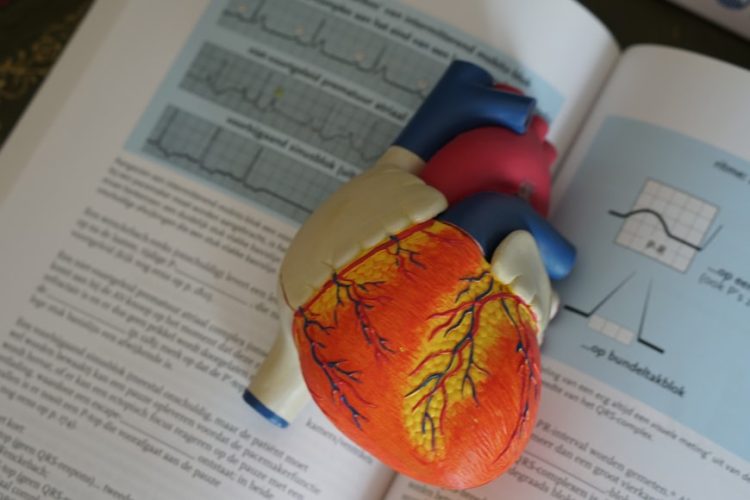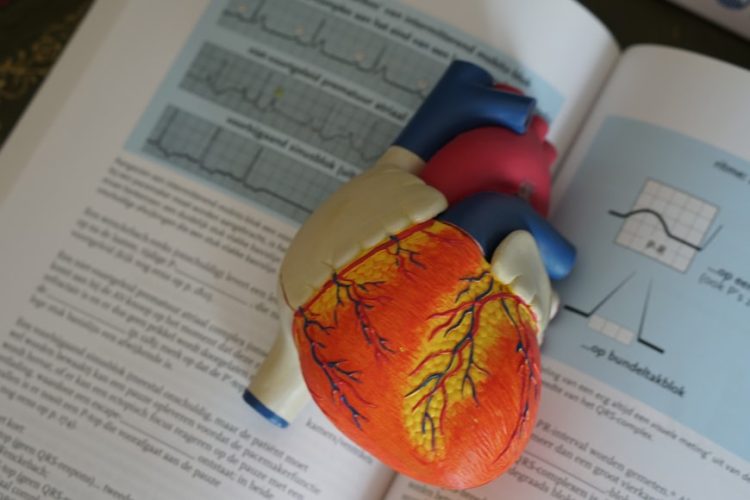Doctors recently reported the case of a 56-year-old patient who experienced chest pain and breathing difficulties because of a piece of cement that had pierced his heart and lung.
So how does one get cement stuck inside their heart? Well, in this particular case it was as a direct consequence of a procedure that the patient had undergone a week earlier. Doctors had treated what is known as a “vertebral compression fracture,” a painful condition in which part of a vertebra collapses into itself, most commonly as a result of osteoporosis. They had performed kyphoplasty, a procedure in which a special type of cement is injected into the vertebra to restore its normal height and keep it from collapsing further. Only in this case, the cement didn’t stay in the bone…

Photo: Robina Wermeijer/Unsplash
Kyphoplasty is a relatively safe procedure, with only about 2 percent of cases involving complications. However, one of the known risks is the cement leaking from the bone and into blood vessels creating a life-threatening embolism, which is exactly what happened to this 56-year-old man. The cement went into his veins, where it solidified into a 4-inch-long (10 cm) thin spike that ended up in his heart, piercing its wall and puncturing his right lung.
After experiencing chest pain and breathing difficulties for two days, the unnamed man went to the emergency room where X-Ray and CT exams showed a foreign body literally inside his heart. He was prepped for emergency surgery to remove the piece of cement that had pierced his heart and lung. Doctors proceeded to stitch the hole left in his heart. The man experienced no complications from the procedure and made a full recovery a month later.

Photo: NCI/Unsplash
As bizarre as this story sounds, it is not unique. Similar cases have been reported before, all as a consequence of kyphoplasty. The case of a 28-year-old man who developed cardiac embolism following a kyphoplasty procedure was published in the journal NCBI in 2016. He also suffered from a perforated right ventricle because of a sharp piece of hardened cement. Another such case was reported in 2013, involving a 74-year-old man.
Statistics show that cement leaks into the vertebral venous system are not uncommon, occurring in about 26% of cases, but since most of the patients show no symptoms of clinical repercussions, they usually go unnoticed. However, pieces of hardened materials ending up in the heart or lungs are very rare.













